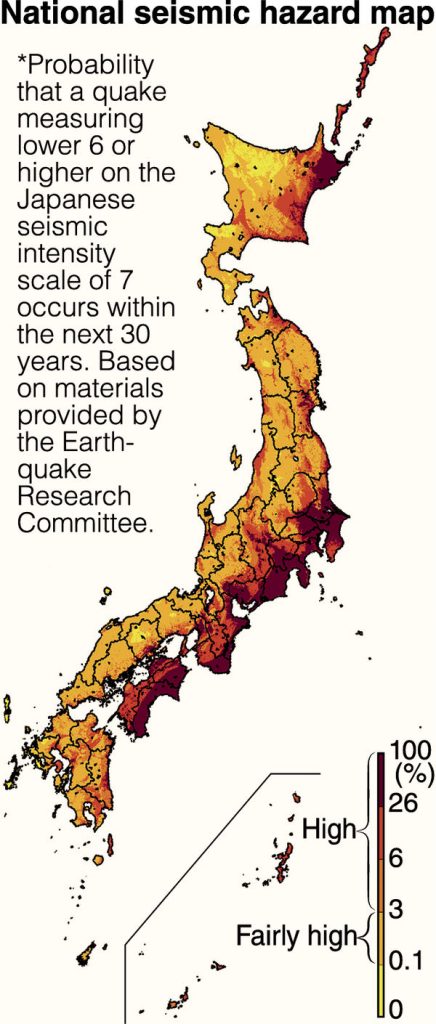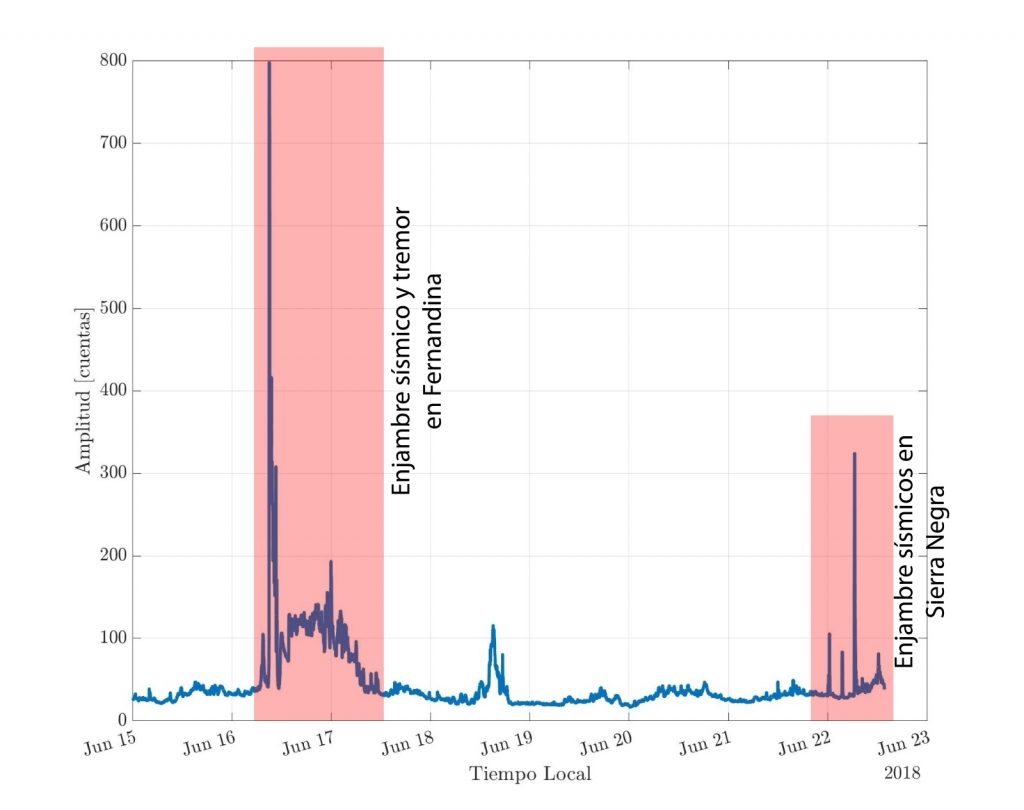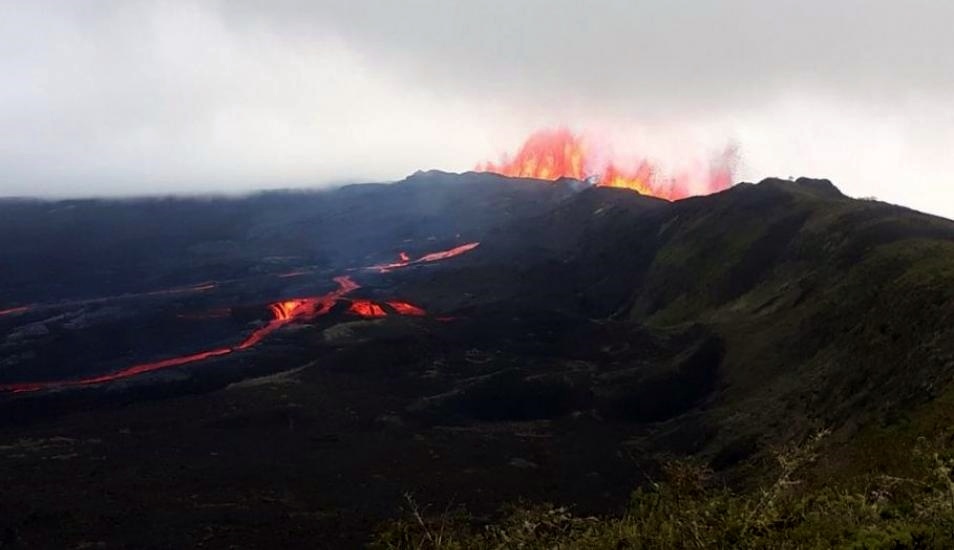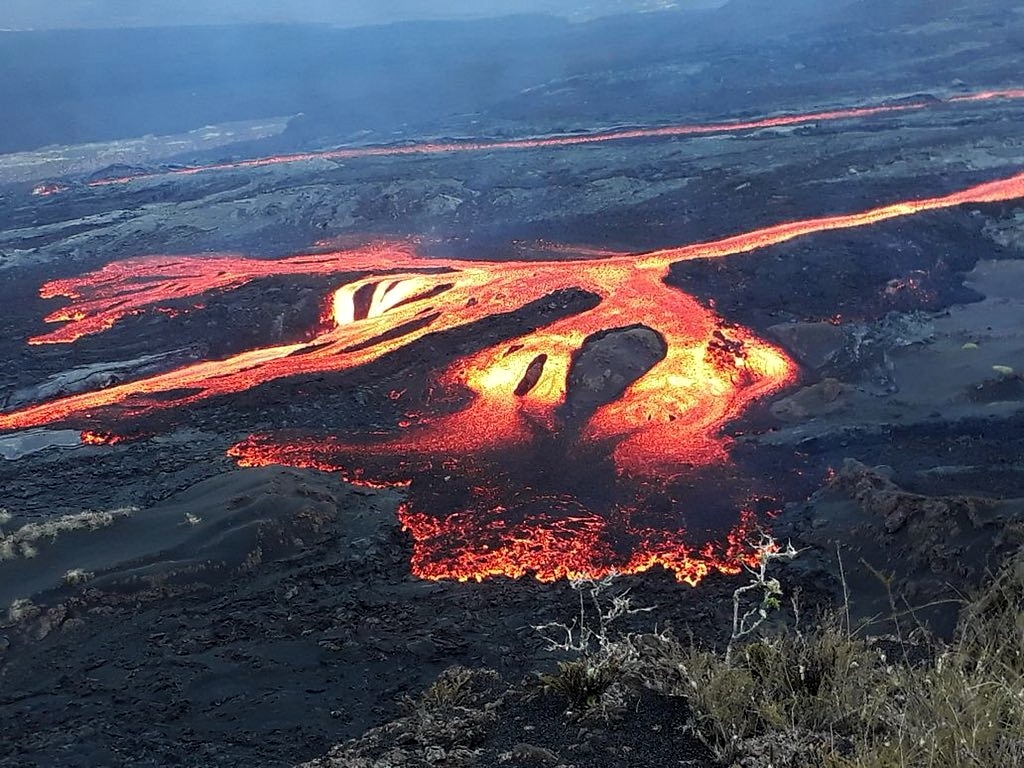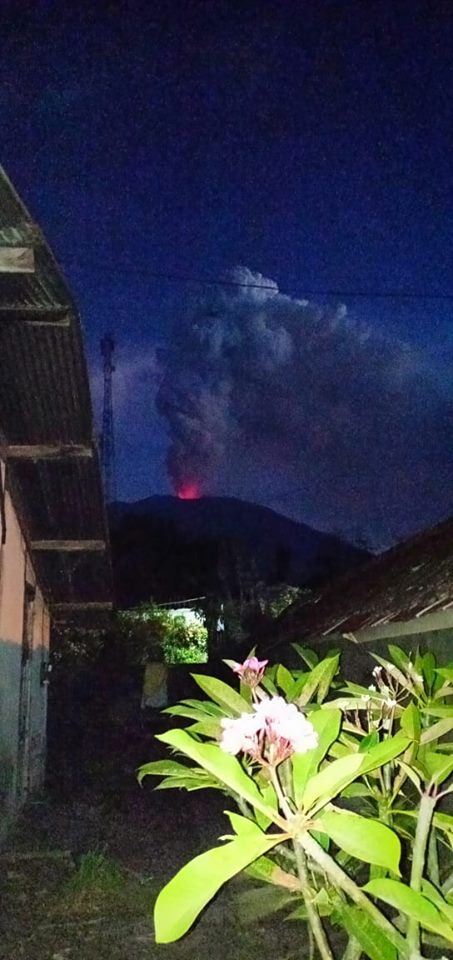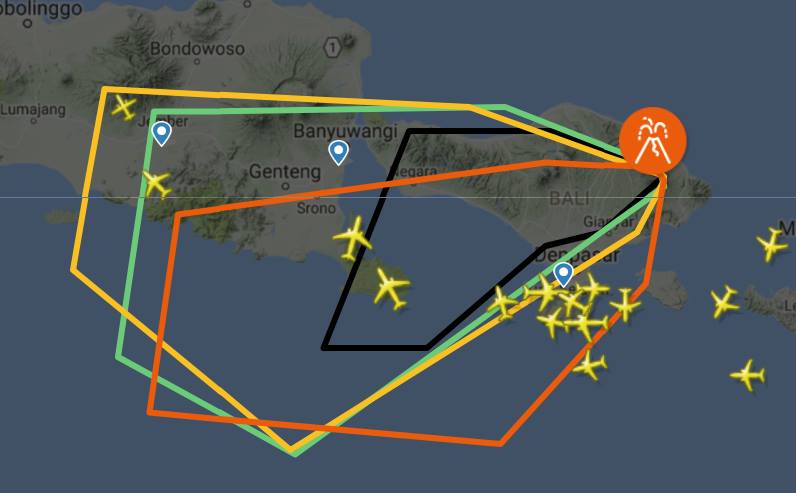Israel’s armed forces are distributing tents, food, water and medicines to the tens of thousands of Syrian refugees reaching its Golan border in flight from the incredibly brutal Russian and Syrian air strikes on southern Syria. The figures are staggering – 342 air strikes on Thursday night, June 28, against rebel-held towns near the Israeli and Jordanian borders – of which 299 were conducted by the Russian air force and 43 by Syrian pilots. Nawa, a town opposite the Israeli Golan border took the heaviest bombardment.
Israel’s military correspondents, playing ball with the IDF, are withholding these horrific figures from the public, and so people don’t understand how 60,000 refugees fleeing from Nawa are suddenly fetching up on Israel’s northern border and joining the 20,000 already encamped there. While the IDF’s humanitarian conduct is laudable, the reason for the disaster is not. This new human catastrophe could have been prevented had the IDF acted in time to preempt the threat to Israel’s borders, and countered the onslaught on Daraa mounted by Assad’s army and allies with Russian air support 10 days ago.
However, Israeli inaction was part of another development not shared with the Israeli public: President Donald Trump quietly decided to let Syria go to Russia in the interests of a successful summit with Vladimir Putin in Helsinki on July 16. Israel, Jordan, the Syrian rebel and Kurdish groups hitherto backed by the United States were left to fend for their own security as best they could. As a last concession, the US turned a blind eye to Putin’s pass for Iranian and Hizballah forces to move in along with the Syrian army.
The Russian president grabbed the opportunity By unleashing heavy air bombardments for clearing the rebels still holding out in southern Syria from the path of Assad’s army – he trampled the pledges he gave Israel and Jordan and triggered an exodus of Syrian refugees who, finding the Jordanian border shut against them, headed for Israel’s Golan border. The tens of thousands settling on Israel’s doorstop could swell, according to some estimates, to 200,000 or 250,000.
Israel finds itself saddled with a mounting new security and humanitarian burden in the north, on top of the Gaza Strip in the south. Middle East reality is such that the tent encampments the IDF is providing as makeshift havens for refugees will in no time accommodate infestations of dangerous Syrian, Iranian and Hizballah agents.
Desperate refugees will accept a few dollars to support their families for donning bomb belts and blowing themselves up against Israeli positions on the border fence.
It is already happening on the Syrian-Jordanian border. Syrian military intelligence has seized control of the large Rubkan refugee camp in Daraa and Jordanian security services are helpless to keep Iranian and Hizballah agents out.
How is the IDF going to prevent this disastrous security calamity from developing on Israel’s northern border? As word spreads across Syria that food, shelter and medical treatment are available, the refugee population sitting on Israel’s border around Quneitra will swell to unmanageable proportions. For Iran and Hizballah, a large refugee camp is the perfect lair from which to reach and terrorize northern Israel.
